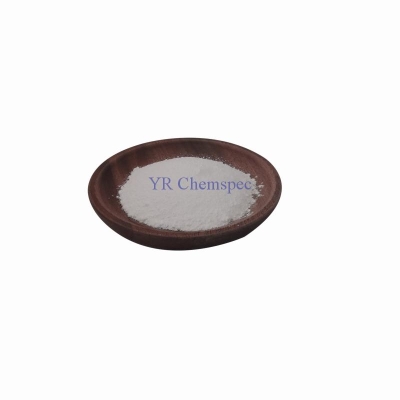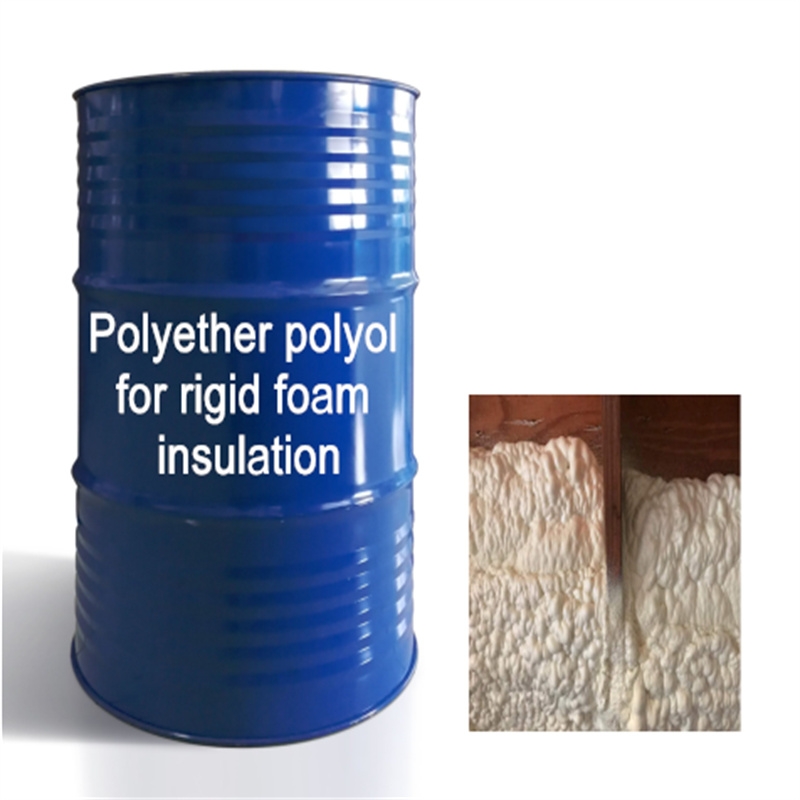-
Categories
-
Pharmaceutical Intermediates
-
Active Pharmaceutical Ingredients
-
Food Additives
- Industrial Coatings
- Agrochemicals
- Dyes and Pigments
- Surfactant
- Flavors and Fragrances
- Chemical Reagents
- Catalyst and Auxiliary
- Natural Products
- Inorganic Chemistry
-
Organic Chemistry
-
Biochemical Engineering
- Analytical Chemistry
- Cosmetic Ingredient
-
Pharmaceutical Intermediates
Promotion
ECHEMI Mall
Wholesale
Weekly Price
Exhibition
News
-
Trade Service
Metanilic acid (m-aminobenzenesulfonic acid), also known as aniline-sulfonic acid, 3-amino-acid , of the formula C .
6 H .
7 NO .
3 S, molecular weight of 173.
19, the formula
1.
Product performance
White flake crystals; relative density 1.
69; solubility in water at 16.
8℃ is 2.
37%, slightly soluble in ethanol and ether , soluble in concentrated hydrochloric acid; decomposes on hot
.
This product is highly toxic and its toxicity is similar to that of aniline
2.
Production principle
Nitrobenzene is sulfonated with fuming sulfuric acid and then neutralized into salt by alkali, then reduced with iron filings, and the reduced product is filtered and acidified to obtain m-aminobenzenesulfonic acid
.
3.
Process flow
4.
Technical formula (kg/t)
5.
Main equipment
Sulfonation reactor, filter, reduction reaction pot, acid precipitation pot, centrifuge, storage tank
.
6.
Production process
Add 1500L 20% fuming sulfuric acid into the acid boiler at a rate of 500L/h, and keep the temperature around 250℃
.
The steamed SO3 vapor is condensed and added to a sulfonation reactor containing 625kg of nitrobenzene within 3h, starting from room temperature to 90°C
In the reduction reaction pot, add 1/5 of the above sulfonated diluent (not neutralized with liquid caustic soda) and 660 kg of iron filings
.
Under direct steam boiling, pour the remaining 4/5 neutralization liquid into the reduction pot within 2 to 3 hours
The sodium salt solution is acidified by adding sulfuric acid in the acidification pot until the Congo test paper turns blue, and the temperature is maintained at 70°C
.
Then centrifugal filtration to obtain m-aminobenzene sulfonic acid slurry
7.
Product Standard
8.
Quality inspection
Determination of total amino content: Weigh about 0.
5g of m-aminobenzene sulfonic acid sample, weigh to 0.
001g, transfer it into a 600mL beaker to dissolve it, add 30mL of concentrated hydrochloric acid (density 1.
19g/cm 2 ) and 300mL of distilled water, When cooled to 10~15℃, add 10 mL of 10% potassium bromide solution, titrate with 0.
2mol/L sodium nitrite standard solution, and test the end point with potassium iodide starch test paper
.
When a drop of the reaction solution is slightly blue on the potassium iodide-starch test paper, stop adding the sodium nitrite solution
Where: V—the volume of sodium nitrite solution consumed by the sample, mL;
V 1 ——The volume of sodium nitrite solution used in the blank experiment, mL;
c—The molar concentration of sodium nitrite solution for titration, mol/L;
G——The mass of the sample, g
.
9.
Product use
Mainly used in the manufacture of azo dyes and sulfur dyes, such as weak acid dark blue 5R, GR, acid golden G, reactive brilliant orange KG, K-GN, KR, K-7R, etc.
, also used in the manufacture of fluorescent self-enhancing agent B, Tianlai Stilbene fluorescent brighteners such as Bao 2B and Blankophor BBU
.
Decimating aminophenol, vanillin system is also used
10.
Security measures
(1) The raw material nitrobenzene, the intermediate meta-nitrobenzene sulfonic acid and the products are all toxic, and fuming sulfuric acid is used.
The equipment should be sealed to prevent leakage.
The operators should wear protective equipment and the workshop should be well ventilated
.
(2) Packed in iron drum lined with plastic bag, sealed and protected from light and stored in a cool and ventilated place to prevent heat, sun and moisture
.
Store and transport in accordance with toxic chemicals regulations







